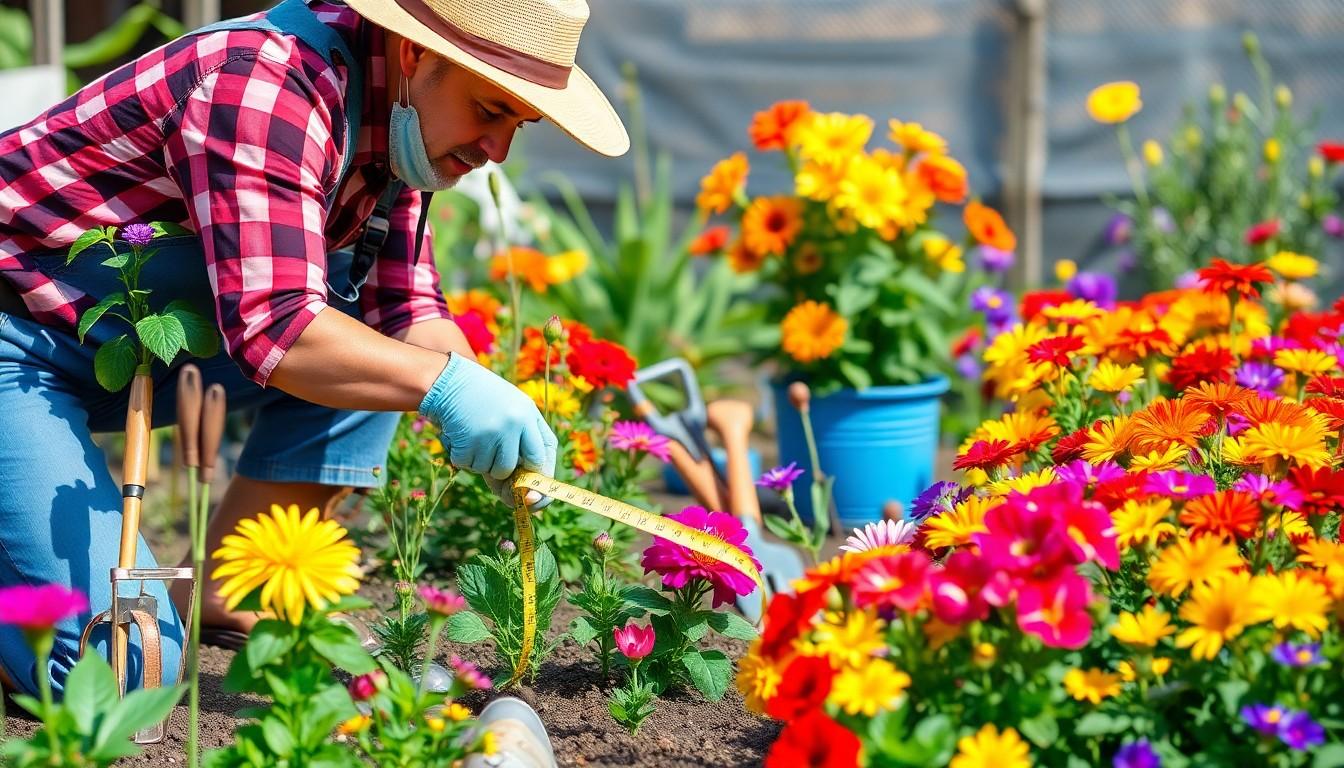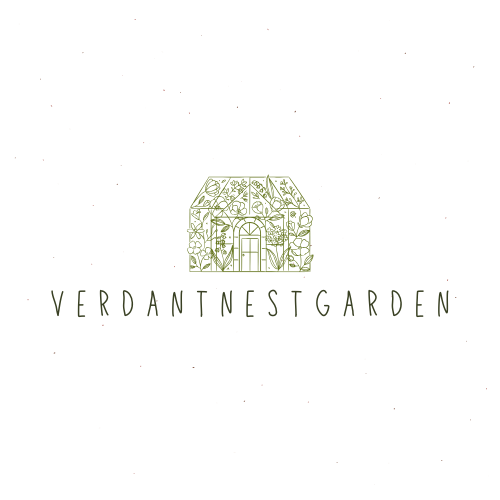Ever wondered why your neighbor’s garden looks like a scene from a fairy tale while yours resembles a sad potato patch? The secret might just lie in understanding gardening zones by zip code. Knowing your zone is like having a VIP pass to the world of plants, helping you choose the right flora that’ll thrive in your unique climate.
Understanding Gardening Zones
Knowing gardening zones is crucial for gardening success. Each zone represents specific climatic conditions, impacting plant growth significantly.
What Are Gardening Zones?
Gardening zones categorize geographical areas by their climate and temperature ranges. The United States Department of Agriculture (USDA) developed the hardiness zone map, which divides regions into zones based on average annual minimum temperatures. Each zone comprises a range of temperatures, aiding gardeners in selecting plants suitable for their environment. For example, Zone 5 spans average low temperatures of -10 to -20 degrees Fahrenheit.
Importance of Gardening Zones
Gardening zones inform plant selection, ensuring success in growth and flowering. Choosing plants that thrive in specific zones reduces the risk of plant failure. Knowing the zone fosters better gardening strategies, allowing gardeners to create vibrant landscapes. Selecting the right plants enhances a garden’s beauty and health, leading to sustainable gardening practices. Gardeners in Zone 6 will thrive when selecting species suited to their climate, like coneflowers and daylilies.
Finding Your Gardening Zone by Zip Code

Understanding your gardening zone by zip code enhances gardening success. This process allows gardeners to make informed decisions about plant selection tailored to local climates.
Tools and Resources
Utilize the USDA Plant Hardiness Zone Map for accurate gardening zones based on zip codes. Access reputable websites that offer interactive maps and tools for zone identification. Online resources often provide detailed climate data, helping gardeners select appropriate plant species. Mobile apps also assist in quickly finding gardening zones using GPS technology. Engaging with local extension services can yield additional insights and gardening tips relevant to specific regions.
Step-by-Step Guide
Begin by locating your zip code using online tools that determine gardening zones. Input the zip code to reveal the corresponding USDA hardiness zone. Check the climate characteristics defined for that zone, including average minimum temperatures. Next, research plants suited for your identified zone, focusing on species that thrive in those conditions. Make a list of plants, paying attention to their specific sunlight and water needs. Finally, plan your garden layout based on those selections, ensuring optimal growth for a vibrant landscape.
Factors Influencing Gardening Zones
Gardening zones are influenced by a variety of factors. Understanding these factors helps gardeners make informed decisions.
Climate Conditions
Climate conditions play a crucial role in determining gardening zones. Factors such as temperature, precipitation, and humidity directly affect plant growth and survival. For instance, gardens in warmer regions may support tropical plants, while cooler areas suit hardy perennials. Seasonal shifts also impact planting schedules. Gardeners must consider first and last frost dates, which indicate optimal planting times. Additionally, historical climate data aids in understanding how local trends might change over time. By recognizing these climate specifics, gardeners can choose suitable plants for their unique environments.
Soil Type
Soil type significantly impacts gardening success. Different soils, such as sandy, clay, or loamy soils, offer varying drainage and nutrient-holding capacities. A loamy soil often supports a wider range of plants due to its balanced structure. However, sandy soils drain quickly, which might not retain moisture for hydration. Gardeners should perform soil tests to check pH levels and nutrient content. These assessments guide decisions on soil amendments needed for optimal plant health. Overall, identifying soil characteristics enables gardeners to select plants that thrive in their specific soil types, leading to a flourishing garden.
Gardening Tips for Your Zone
Understanding the specific gardening zone unlocks the potential for a successful garden. Emphasizing proper plant choices enhances growth and sustainability.
Plant Selection
Choosing plants well-suited for specific zones ensures vitality. For example, Zone 5 gardeners thrive with plants like peonies and black-eyed Susans, celebrating vibrant blooms. Additionally, selecting native species encourages biodiversity and resilience in local ecosystems. It’s crucial to factor in growth habits and sunlight requirements when making selections. Researching plants that tolerate the local climate helps in creating a flourishing garden. Therefore, gardeners should consult local extension services for tailored advice on plant varieties that prosper in their zone.
Seasonal Considerations
Seasonal shifts play a vital role in successful gardening. Understanding first and last frost dates allows for better planning. For instance, gardeners in Zone 6 should note their average last frost date around late April for optimal planting. Scheduling planting times according to seasonal changes helps avoid frost damage to young plants. Additionally, keeping track of rainfall patterns assists in managing watering routines effectively. Preparing for summer heat or winter chill ensures plant health throughout the year. Thus, dynamically adapting gardening strategies based on seasonal variations leads to thriving gardens.
Conclusion
Understanding gardening zones by zip code is essential for any gardener looking to cultivate a thriving landscape. By accurately identifying their specific zone, gardeners can make informed decisions about plant selection that align with local climate conditions. This knowledge not only enhances the beauty of gardens but also promotes sustainability and reduces the risk of plant failure.
Utilizing resources like the USDA Plant Hardiness Zone Map allows gardeners to tailor their gardening strategies effectively. With the right approach to plant selection and seasonal planning, anyone can create a vibrant and resilient garden that flourishes year after year. Embracing this knowledge empowers gardeners to nurture their green spaces with confidence.

